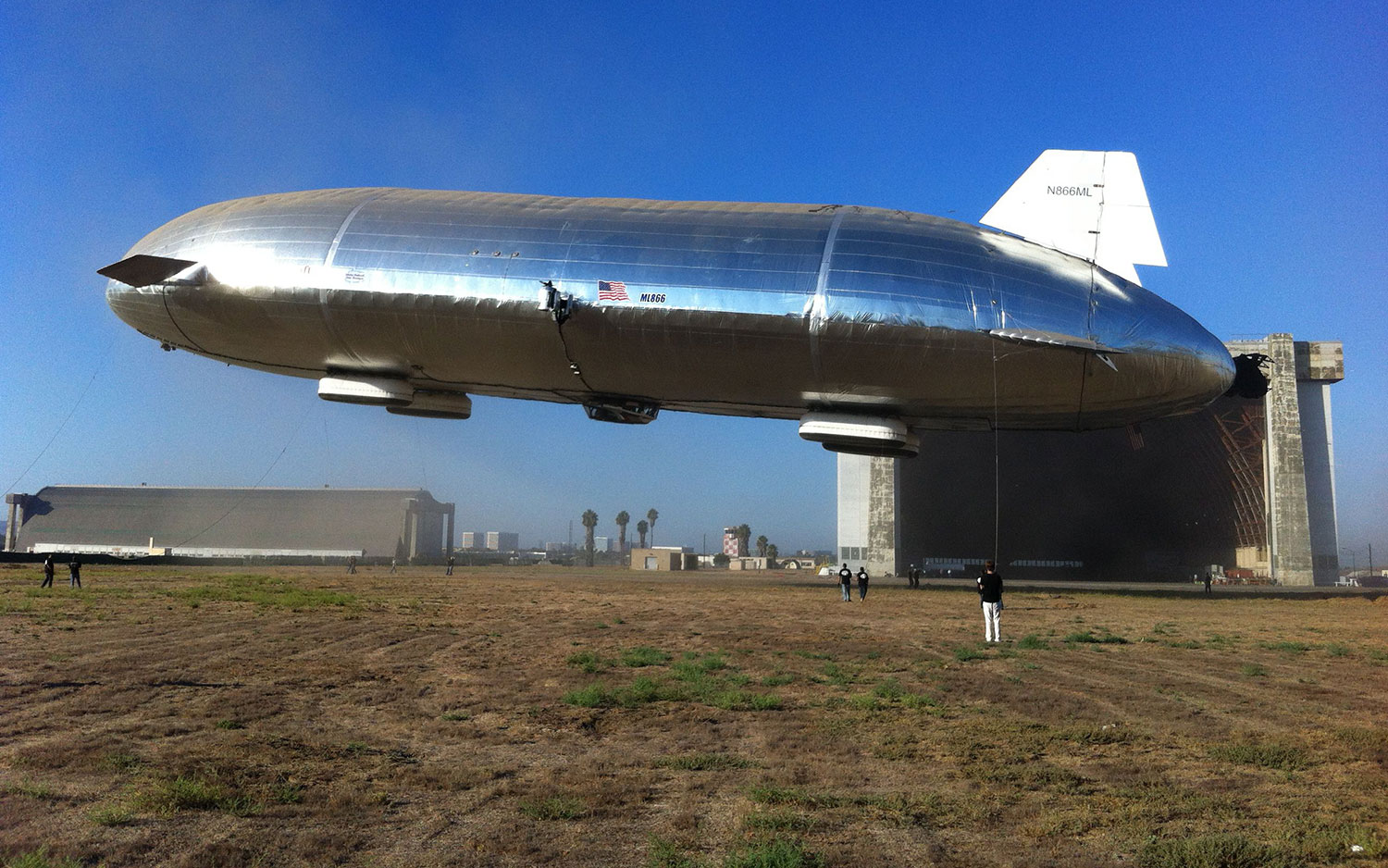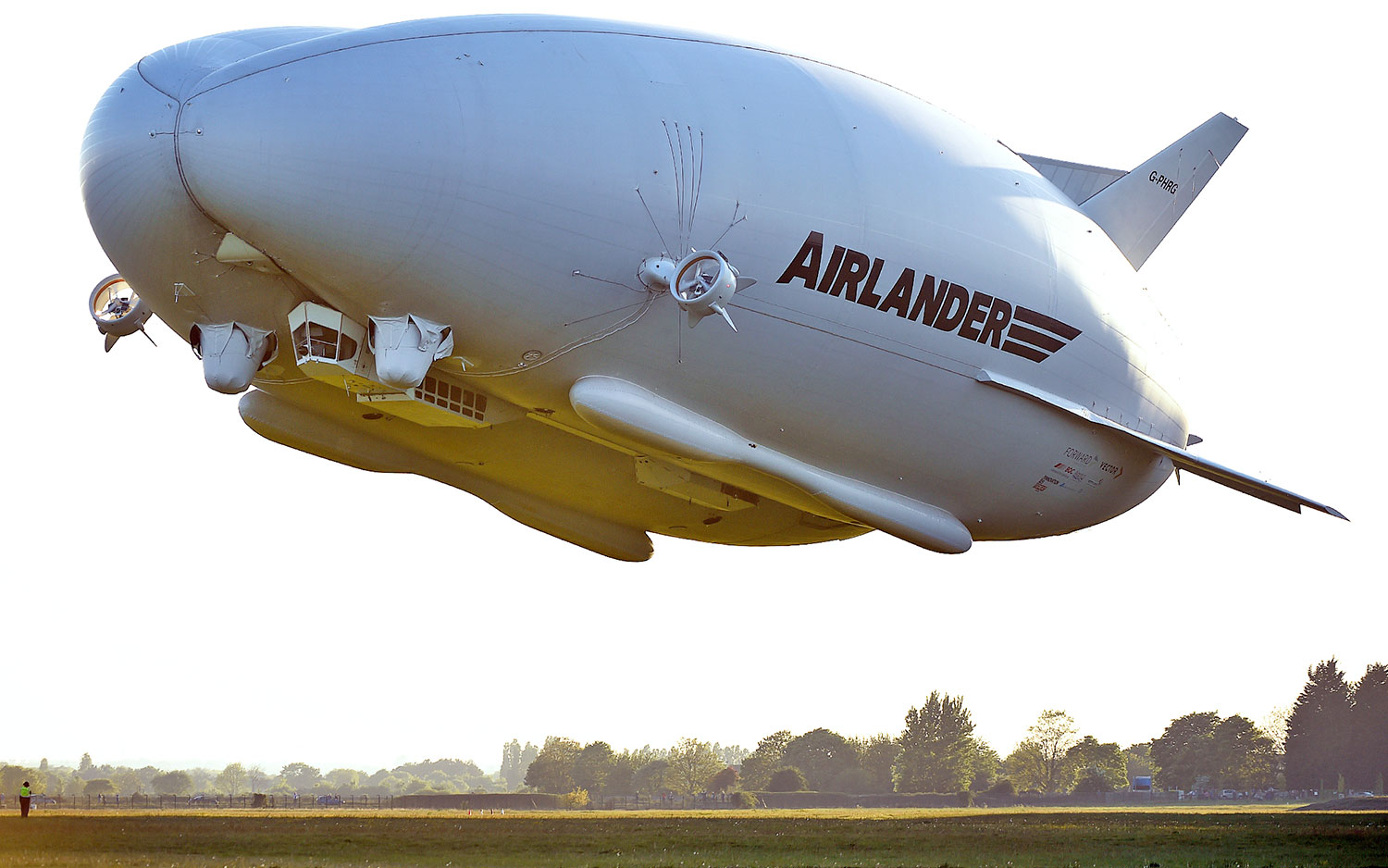The Hindenburg Wasn't Alone: Here's a Look at 23 Intriguing Airship Adventures
Hindenberg disaster

In 1937, the Hindenburg crossed the Atlantic for the last time, from Frankfurt in Germany to the Lakehurst Naval Air Station in New Jersey. But on May 6, 1937, as the airship attempted to dock with a mooring mast at Lakehurst, the hydrogen in its gasbag burst into flames.
In the disaster, 35 people were killed and most of the 62 survivors were badly burned.
Debate continues about the cause of the Hindenburg disaster, but the Age of Airships had come to an end.
Modern airships - Aeroscraft

Some companies today see a modern role for airships as cargo carriers, business commuter craft or personal aerial yachts.
The concept airship by California aviation company Worldwide Aeros Corp would be filled with non-flammable helium and would get most of its lift from the aerodynamic shape of its hull and the thrust from its electric motors.
Airlander 10

Another modern airship design, the British-built Airlander 10, made it first test flights in 2016. At 300 feet (92 m) long, the Airlander 10 is currently the world's largest flying craft. It is designed to carry up to 10 tons of cargo, or around 60 passengers.
But the prototype airship broke free of its moorings at Cardington in England in November 2017, triggering an automated system that deflated the helium-filled gasbag.
Sign up for the Live Science daily newsletter now
Get the world’s most fascinating discoveries delivered straight to your inbox.
Tom Metcalfe is a freelance journalist and regular Live Science contributor who is based in London in the United Kingdom. Tom writes mainly about science, space, archaeology, the Earth and the oceans. He has also written for the BBC, NBC News, National Geographic, Scientific American, Air & Space, and many others.










